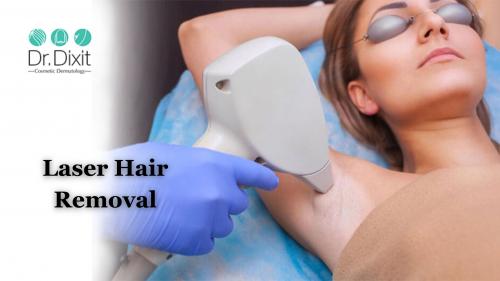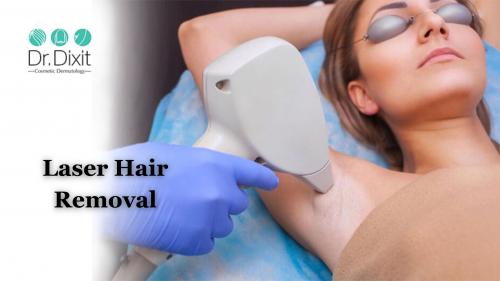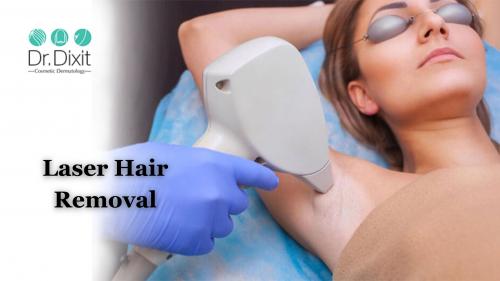How To Treat Pigmentation
Melasma: Melasma is a common skin ailment characterized by brown and black spots on the cheeks, nose, and brow. It is most frequent in women of reproductive age, although it is also becoming more common in men. It is commonly acknowledged as one of the most prevalent causes of facial pigmentation.
Tanning: Tanning, or darkening of the skin as a result of sun exposure, is a common concern among those who want to seem younger. This is especially common among those with darker complexions who tan more than those with lighter skin.
Freckles: Freckles or sunspots are little brown or black pigment patches that appear on the face, particularly the cheeks, nose, neck, or arms. These patches appear as a result of sun exposure or UV radiation. These tend to run in families and are more common in people with pale skin. Freckles are less common in certain people and do not create obvious pigmentation. In others, they may expand to encompass the entire face.
Reihl's melanosis: In a culture obsessed with fairness, many people use a variety of lotions and home treatments, which can sensitize the skin and create a pigmentation condition known as Reihl's melanosis.
Acanthosis Nigricans: This is a skin alteration that has been linked to weight gain, obesity, and diabetes, but it has become particularly frequent in people with sedentary professions. The skin thickens, particularly around the eyes, forehead, and mouth areas. The appearance of pigmentation is caused by skin thickening.
Treatments for Pigmentation
Chemical Peel
Exfoliation is crucial if someone wants to get rid of hyperpigmentation. It removes extra pigment from skin cells while also increasing cell turnover. This accelerates the pace at which the skin naturally exfoliates itself, causing discoloration to vanish considerably faster. Chemical peels work on the upper layer of the skin. It helps to remove the dead skin cells, dirt, pollution, wrinkles, blackheads and white heads. It is a cocktail of the active ingredient, which is provided by the doctor after a proper examination of the skin. It is a customized treatment and suitable for all skin types.
Nano Needling & Microneedling
Microneedling and nano-needling are therapies that are comparable in certain aspects. They're both excellent for treating hyperpigmentation and are frequently preferred by folks who wish to avoid using chemicals. However, there are a few characteristics that distinguish these therapies. The primary one is the depth to which each therapy operates. Nano needling targets the epidermis (the skin's outermost layer), whereas micro needling goes a bit deeper, with the needles puncturing the dermis.
Both treatments are effective, therefore the choice should be depending on the severity of the pigmentation. If the problem is only surface discoloration, nano-needling will suffice. There is no discomfort, even without numbing cream, and there is no downtime.
Microneedling, on the other hand, is a preferable alternative if the hyperpigmentation is deeper in the skin. One won't feel any discomfort because a numbing cream will be applied.
Laser Treatments
There are several laser treatments available that can assist to remove the appearance of pigmentation. They each function in their manner, but those with dark skin should be cautious about the laser technique they pick. When applied to dark skin, some are renowned for exacerbating hyperpigmentation. Laser Skin Rejuvenation is one therapy that works effectively on all skin tones. It employs a Q-Switched laser that focuses on highly specific portions of skin while inflicting no harm to the surrounding tissue. The energy from the laser is directed into the epidermis, breaking up the clumps of excess pigmentation that have caused the hyperpigmentation. The pigment is subsequently absorbed by the lymphatic system and excreted from the body.
LED Light Therapy
LED light therapy has revolutionized the treatment of pigmentation. This therapy includes the use of multiple wavelengths of LED light, which humans perceive as distinct colors. Each wavelength penetrates the skin at a different depth, resulting in diverse outcomes.
Red light treatment is commonly used by those who want to lessen the apparent effects of aging. It can, however, aid with hyperpigmentation. The way skin cells absorb red light stimulates cell repair, allowing the skin cells to establish normal pigmentation levels in the long term.
Green light treatment can also help with hyperpigmentation. It penetrates the dermis and immediately inhibits excess melanin formation. This inhibits the formation of new dark spots while enabling existing regions of discoloration to disappear.
Aftercare provided by the doctor
After the pigmentation treatments, the doctor will provide some precautions that one should follow:
Protect the skin from the sun. Always apply sunscreen with at least SPF 50 to protect the skin from harmful UV rays.
Avoid excess sun exposure.
To keep the skin hydrated, drink lots of water.
Avoid applying makeup for 2–3 days after the treatment
Apply creams and take medicine given by the doctor; if one feels any irritation on the skin, immediately consult with the doctor.












Comments